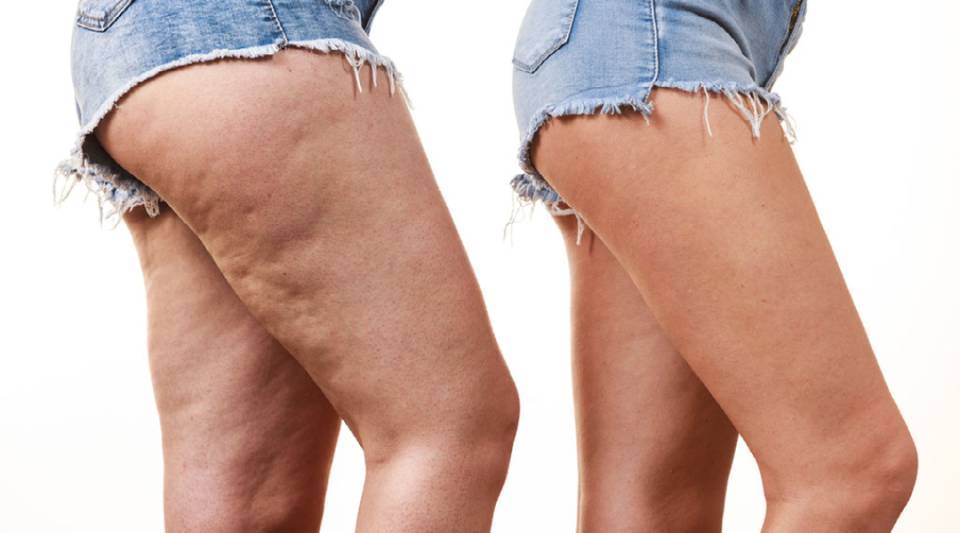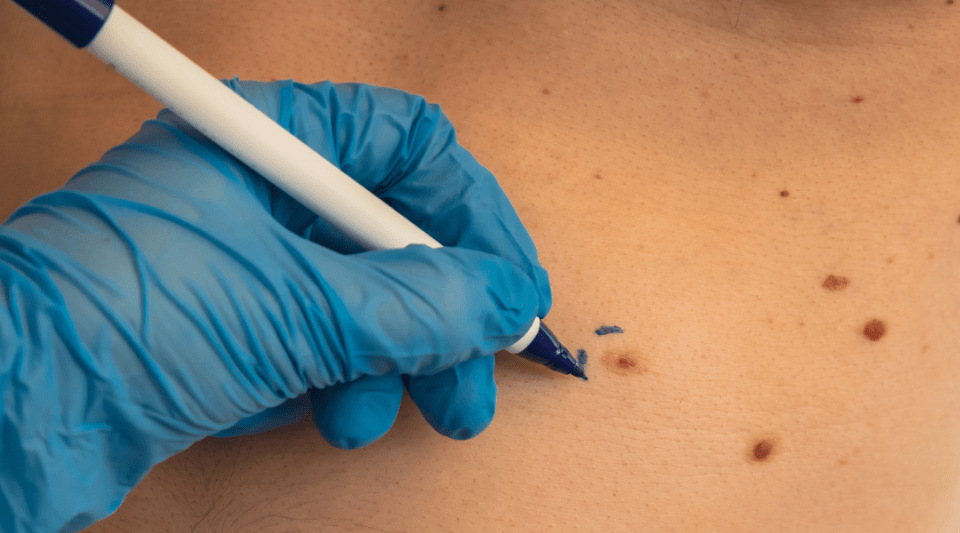There has been little research on lipoedema but a study carried out by Padua University and Lausanne Hospital (Switzerland) describes it and explains how to reduce its progression. It is a chronic, progressive disease that affects fatty tissue. It is an abnormal subcutaneous accumulation of adipose tissue in the extremities, beginning at the hips and continuing downwards. This accumulation can also sometimes occur in the arms, but not in the hands, feet or trunk. There is a clear separation between the affected and healthy tissue and, over time, a certain disproportion is observed in the area where these cells accumulate, with respect to the rest of the body. In addition, this increase in volume causes pain to the touch, when walking or when exercising. The diagnosis of lipoedema is clinical and little practised. It goes largely unrecognised by many professionals and by the general population and can sometimes be confused with obesity or lymphoedema, which is tissue inflammation due to fluid accumulation.
Lipoedema mainly affects women, begins at puberty and can intensify after a hormonal change due to pregnancy or menopause; obesity is a risk factor for suffering from it. The causes are poorly understood. It has been suggested that microvascular and lymphatic changes combined with genetic susceptibility and hormonal factors are responsible for the development of this disease.
The WHO recognised it as a disease in 2018, but its treatment is still not covered by the social security in Spain. The disease requires a multidisciplinary approach and initially conservative treatment to help reduce its rapid progression. Leading an active lifestyle and following a healthy diet are essential. However, acquiring these habits does not prevent an increase in adipose tissue, although it can reduce inflammation and improve quality of life. A diet that avoids glycaemic and insulin spikes can be beneficial, as these stimulate the formation of fatty tissue. Also, insulin resistance can worsen oedema, so a diet such as the Mediterranean diet, which limits fast-absorbing carbohydrates (free sugars, refined cereals and ultra-processed foods) and promotes the consumption of complex carbohydrates (whole grains and legumes) may be beneficial.
Although it is essential to have a healthy diet and to take exercise, it is also true that improving these two factors involves minimal changes in the loss of dysfunctional adipose tissue. This can lead to frustration and psychological problems that can be aggravated by the limitation of mobility, pain and the aesthetic changes caused by lipoedema.
Aquatic physical activity seems to be especially beneficial in patients with lipoedema, since the water pressure promotes lymphatic drainage and buoyancy reduces the load on the joints of the lower limbs. Wearing compression garments can reduce pain and discomfort in affected limbs. Complex lymphatic decongestive therapy (CDT) may also be helpful. It consists of manual lymphatic drainage associated with multilayer compression bandages and physical exercise. Patients who do not improve with conservative treatment will be considered for surgical treatment, such as liposuction (with a surgical technique other than aesthetic liposuction, or lipectomy, in selected cases).
However, research needs to continue to understand the mechanisms that cause the disease and to design multidisciplinary therapeutic strategies for the effective and safe treatment of lipoedema.






